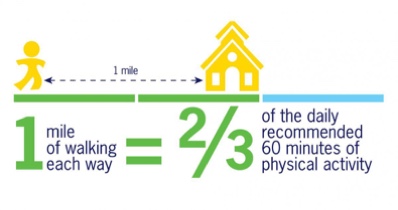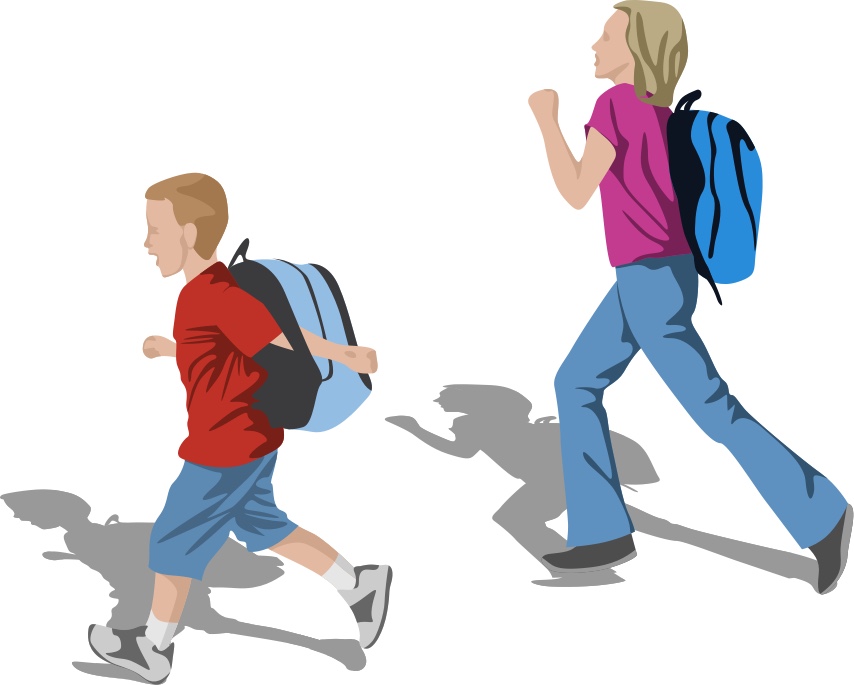

Locally administered by the Clark County School District (CCSD), the Safe Routes To School program partners with schools and community leadership to identify improvements and policies to make walking and biking to school a safe and easy option for children.
Not only does the program create safe environments around schools for walking and biking, it also encourages healthy, active behaviors in children. Kids who walk or bike to school are more physically active than those who travel by car or bus. Plus, walking and biking helps to reduce traffic congestion and air pollution in the larger community.

Southern Nevada Health District (SNHD) supports the Safe Routes to School program and works with CCSD to sustain and expand its initiatives.
There’s a feeling of joy and independence — a sense of adventure — that doesn’t fade. When walking or biking, parents and children get to appreciate things they don’t notice while driving—listening to the sounds of the neighborhood, seeing friends and neighbors and feeling connected with their community.
Walking and bicycling to school enables children to incorporate the regular physical activity they need each day while also forming healthy habits that can last a lifetime. Follow these safety tips to make sure they get to and from school without any problems.

Road safety is a learned skill and children must be taught to be cautious. Just because they can see a driver does not mean the driver can see them. Getting down to a child’s height allows you see what they see and help them make safe choices. We must always remember that however independent they seem, children are not small adults. It will take time and practice for your child to develop the ability to handle traffic situations safely.